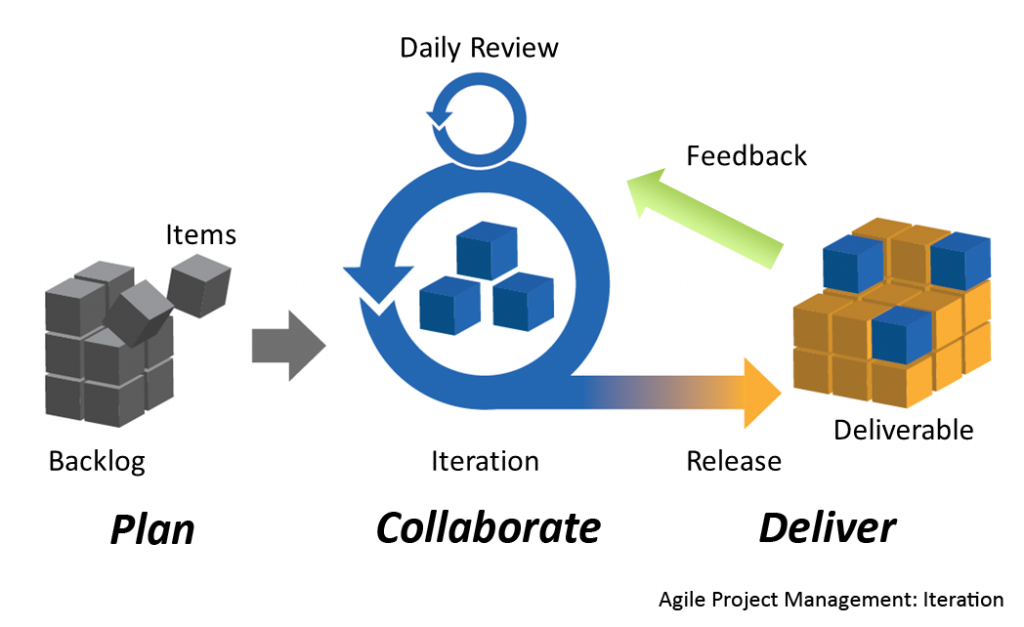Agile retrospectives don’t always come naturally, even the most experienced Scrum Masters and the agile team has to select a retro format that is fit for purpose, relevant, and engaging. Selecting the wrong type of retrospective question set could reduce the impact of the retro, and also make it feel like a waste of time. Spending a little time in considering which question set to use can make the process of continuous improvement more meaningful and to get the best ideas and feedback around the key areas of concern.
Retrospectives are solid, proven to generate value. But, it takes some finessing to do it right. When properly integrated and used with the right tools, though, agile retrospective techniques are quite helpful in pulling the team in the same direction and providing helpful feedback. It puts a group in a better position compared to pulling each other apart for destructive criticism.
If you’re unsure what type of agile retrospective techniques to try out, here’s a list of formats and activities you should consider based on what outcomes your team is looking for.
1) WARP Retrospective
The W in “WARP” is defined as Wishes, A for Appreciation, R for Risks, and P for Puzzles. This agile retrospective technique is particularly useful for having people think about what is ideal for the sprint going forward, managing any risks and puzzles that they still have. Adding appreciation into the mix helps to recognize the people and the work they have done.
Use this agile retrospective format in the early stages of development as it can help establish a future vision through the wishes, create gratitude early in the team development life cycle while also starting to identify challenges that could come up in the future.
2) Start, Stop, Continue
Start Stop Continue is a retrospective technique to generate action items and changes in behavior from everyone in the room. It could be a certain practice like one-on-one feedback sessions or changes to the meeting cadence. Each person can suggest ideas as to what they would like to start, stop and continue in the next sprint which is then discussed and agreed to.
Use this agile retrospective format when you want a quick traffic light style approach as to which actions you want the team to take forward. This is a good one to use after the team has been working together for a while.
3) Starfish Retrospective
The Starfish Retrospective extends from the stop, start continue. Instead, it uses the following headings
Start
More of
Continue
Less of
Stop
By having more options, actions can be better placed into each header so that action items have a greater fidelity and understanding of what might already be happening but need to have more energy or time dedicated to it and vice versa.
Use this agile retrospective format when you want more detail around action items and teams have a good sense of how each other works and there are more marginal opportunities for improvement.
4) 4Ls Retrospective
The 4Ls Retrospective is made up of what each person Liked, Learned, Lacked, and Longed For in the last sprint.
This retrospective technique is less about processes and systems that the previous retrospective formats tended to focus on. Instead, it tries to pull out more emotional responses from the team and has them considering issues from a more personal perspective.
This is certainly a more human aspect to the sprint and can help build the team rapport and encourage differences to be addressed and support given.
Use this agile retrospective format when you want to develop teamwork, encourage personal reflection, and consider the sprint from a more human perspective. The goal is still to come up with action items that the team can take forward to improve future sprints.
5) Happiness Metric Retrospective
Another way to test out the happiness level of your team is simply to create a radar or rating chart which asks each team member to share their level of happiness with the last sprint, along with some indications as to why.
People can then share how happy they are and the reasons for it which help you discover what motivates them. You can either draw a chart with numbers from 1 to 5 on it or run a little survey that the team can respond to.
Use this agile retrospective format when you want insight into the current level of happiness of the team when it comes to the last spring and you want to know the reasons why.
Conclusion
Agile retrospectives are a great way to ensure that sprints improve from one to the other and that as a Scrum Master, you can best support them from either a process and/or people perspective.
By varying the retrospective formats, it allows the team to explore ideas from different perspectives which can lead to more valuable insight. Ensuring that your retrospective formats are fit for a purpose helps improve the outcomes and values of the meeting.


